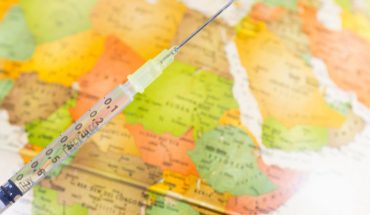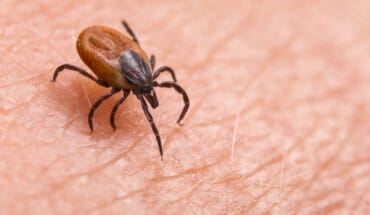Tracking COVID in Northern Ireland: A group of experts at Queen’s University Belfast have been using mathematical modelling to track the course of COVID-19 in Northern Ireland so that preparations can be made for future variants and diseases.
Research led by Dr Gabor Kiss from the School of Mathematics and Physics at Queen’s examined the dynamics of the disease from March 2020 until December 2020, using computer simulations and data provided by the Department of Health.
The modelling estimates that seven people, who had been exposed to the disease but who did not have symptoms and were not yet infectious on 1 March, imported COVID-19 to Northern Ireland.
The study also estimates that it took an average of 9.6 days for an exposed person to develop symptoms and become infectious and that a symptomatic patient could spread the disease for nine days.
The strain these people had been exposed to was severe acute respiratory syndrome coronavirus 2 (SARS-CoV-2).
Dr Gabor Kiss explains: “The modelling suggests that the outbreak could have entered the country undetected as it took some time for people to become infectious and develop symptoms.”
The experts also looked in detail at the period of the first lockdown and found that the number of infectious individuals decreased rapidly after disease-spread limiting interventions were introduced, such as social distancing and mask wearing.
At the end of March, the study estimates that there were 327 infectious individuals but that this decreased to 27 over three months.
However, the modelling suggests that the number of exposed individuals showed a more prolonged decline. An estimated 388 were exposed at the end of March and this decreased to 151 over three months.
Dr Gabor Kiss comments: “This research provides in depth data on how exactly COVID-19 spread in Northern Ireland and this will help to develop public health-driven strategies, not just in Northern Ireland, but across the globe.
“It lays the foundation for a decision-making support tool which could assess the state of an outbreak and help to advise on optimal interventions in the early phases of any re-emerging high consequence infectious diseases which are vaccine-preventable.”
The team is now working on incorporating other aspects of the outbreak into their models, such as the geographical journey of the disease in Northern Ireland. This will give further information on the impact of localised lockdowns throughout the pandemic.
The research was published in the Open Journal of Modelling and Simulation and can be accessed here.
- New study challenges social media’s mental health impact - 21st November 2024
- Do Finland introduces a new care pathway for epilepsy - 21st November 2024
- Innovative swim program for people with cerebral palsy - 21st November 2024






